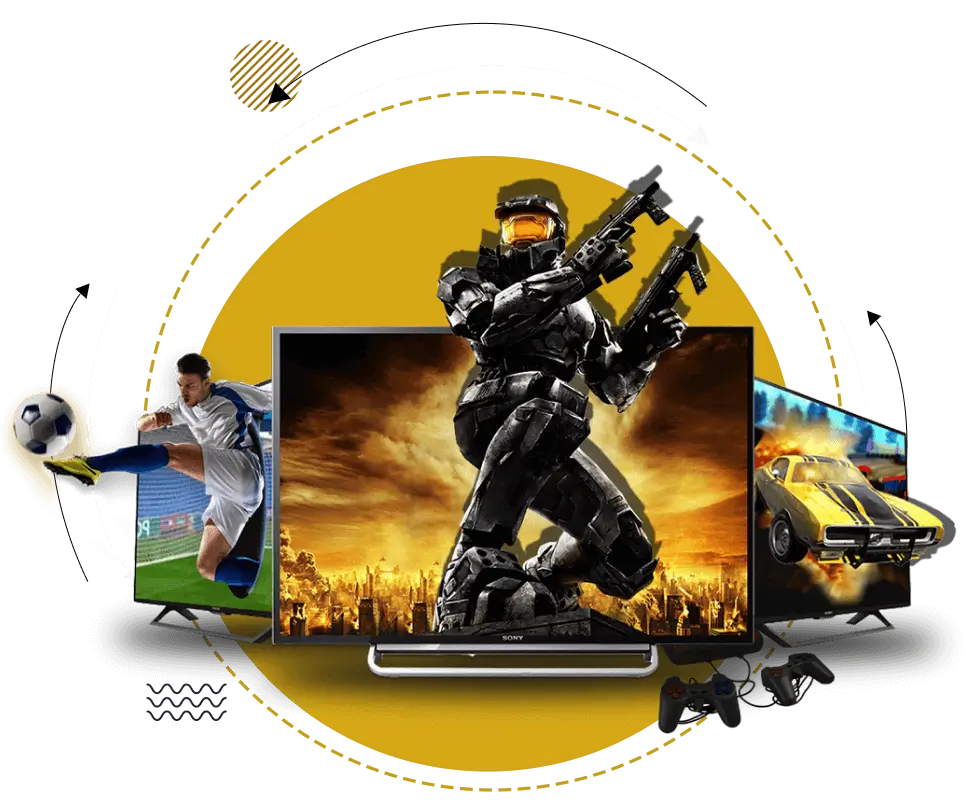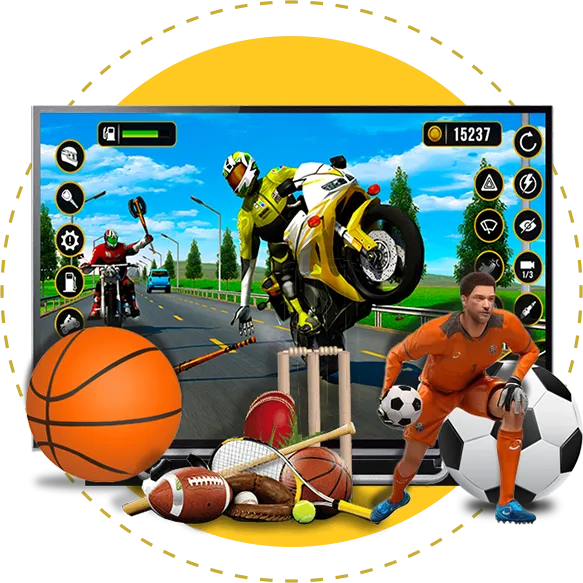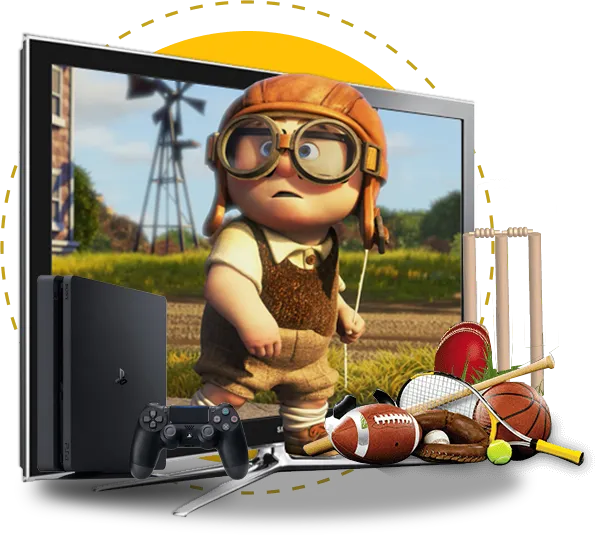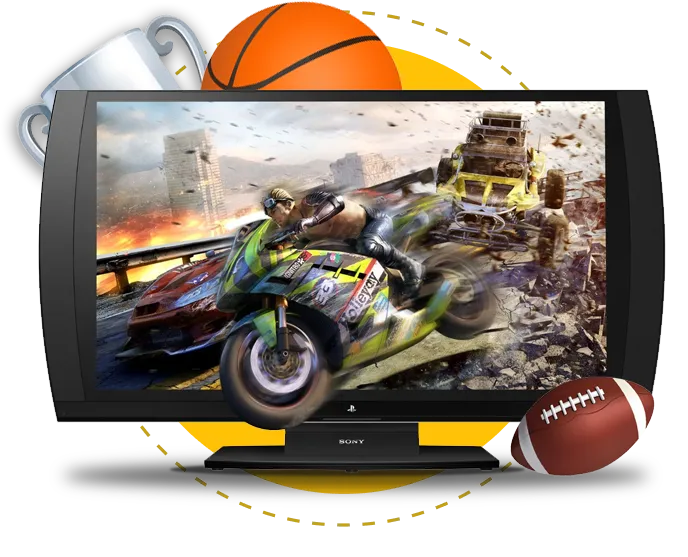Game Conceptualization
Brainstorm the gaming concept considering factors such as storyline, game mechanics, gaming genre, and technology stack. Ensure the conduct of market research to understand the target audience, market trends, and competition and define the scope and objectives of the game.
Create a Game Design Document
Develop a detailed game design document that serves as a layout to develop the game. This document outlines the core mechanics of the game, characters, game levels, various features, and technical requirements such as tools and technologies.
Select Game Engine and Programming Language
Choose the appropriate game engine compatible with the console, such as Unity, Unreal, etc. The game engine helps streamline the game development process and also it comes with in-built tools, frameworks, an asset library, advanced graphics, and animation capabilities.
Develop Game Assets
Create game assets that play a huge role in elevating the gaming experience. The game assets include 3D models, textures, game levels, audio effects, gaming environments, and themes. Develop graphics and animations that bring 3D models and objects to life by integrating VFX.
Create Console Games
This is the core development phase, the precisely crafted game assets, game mechanics, development language, and frameworks are implemented to create a whole console game. The game is integrated with audio effects offering an immersive gaming experience.
Console Game Testing and Deployment
Conduct extensive game testing to fix bugs and vulnerabilities and ensure the game's performance, compatibility, and functionality. Upon testing, the developed game is deployed on the respective consoles such as PlayStation, Xbox, etc.






